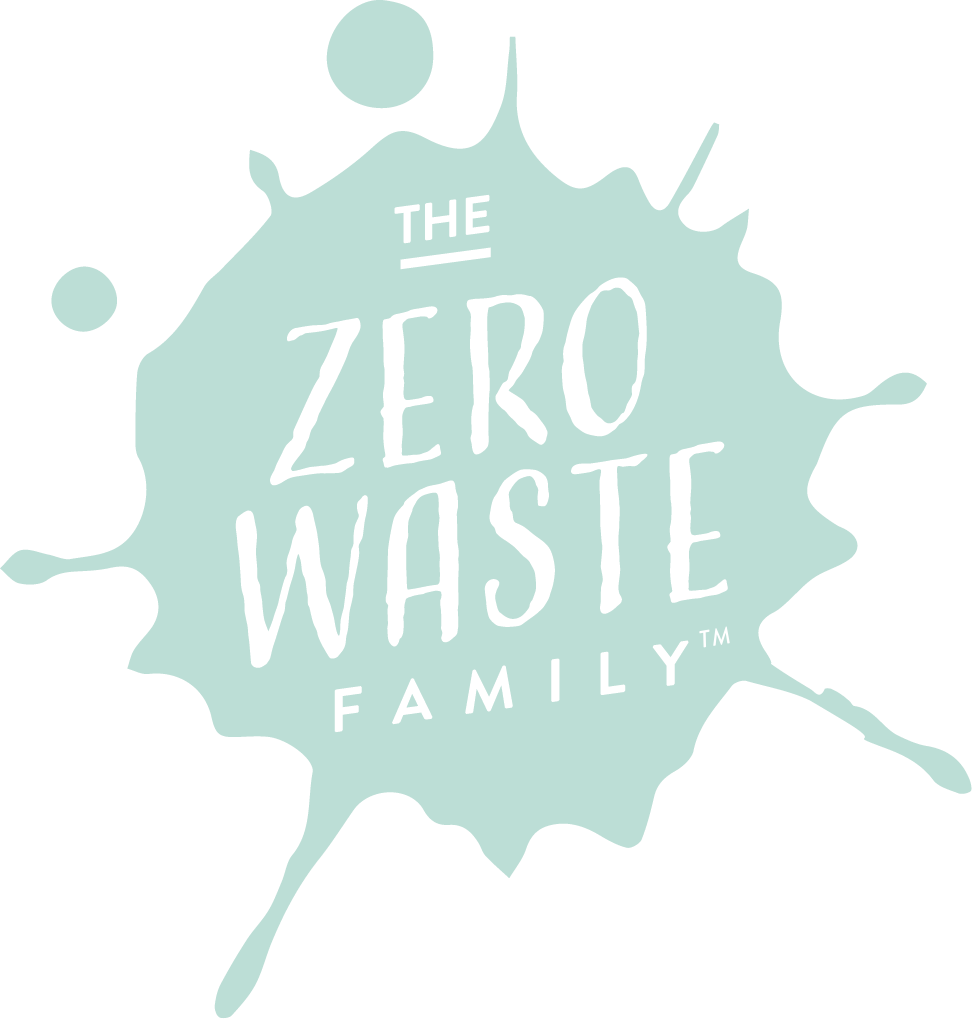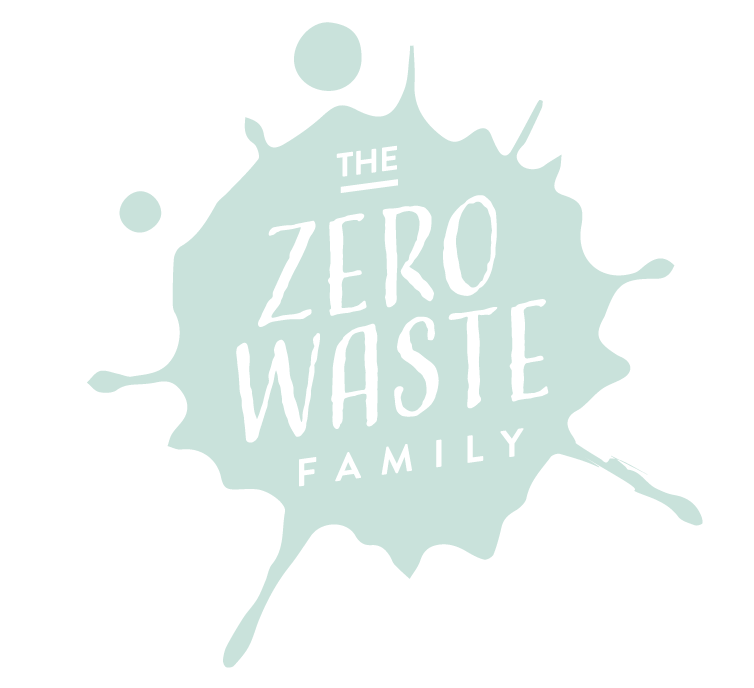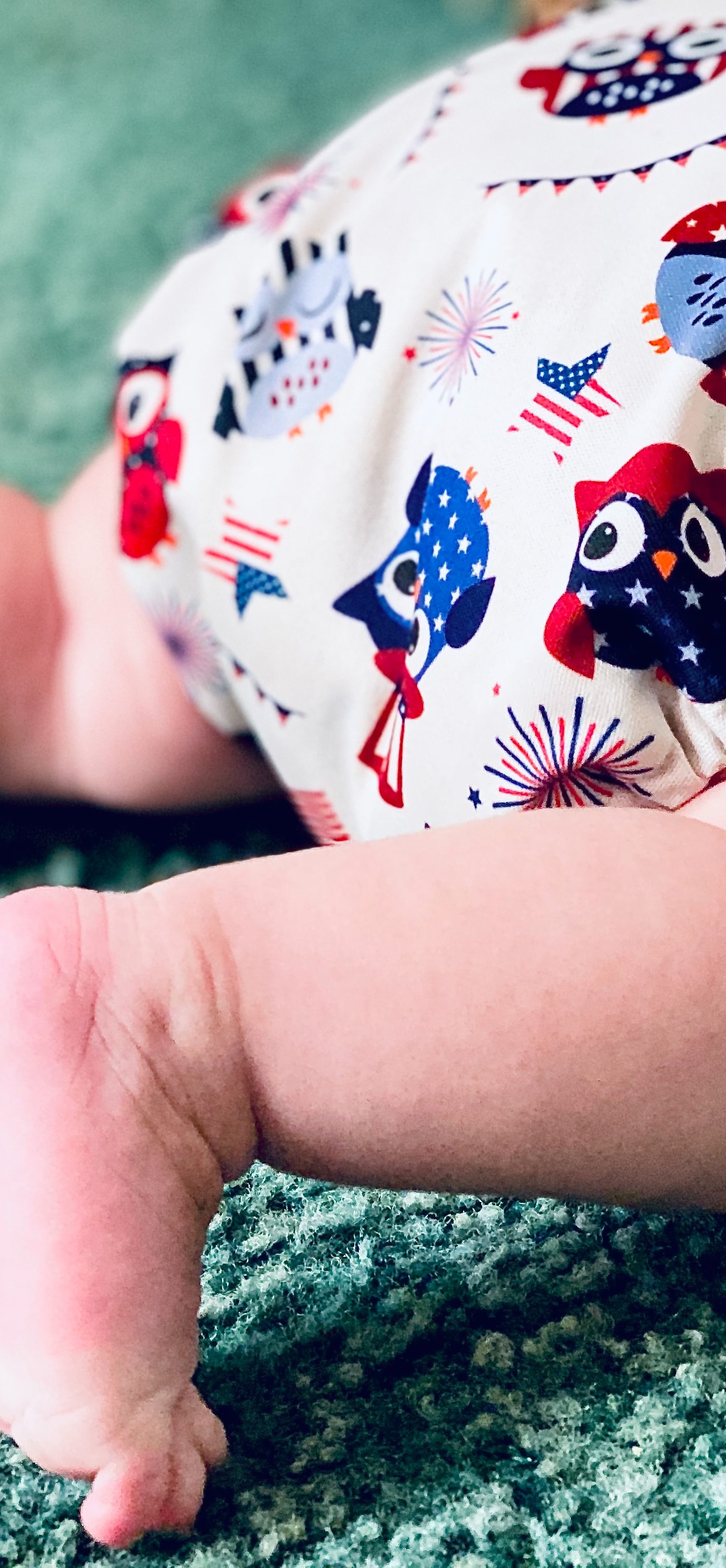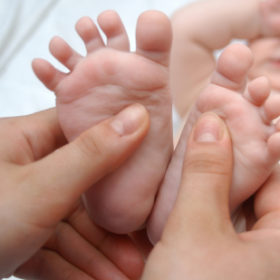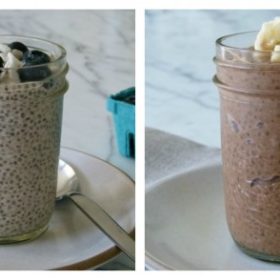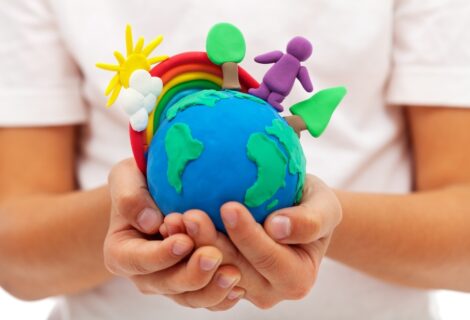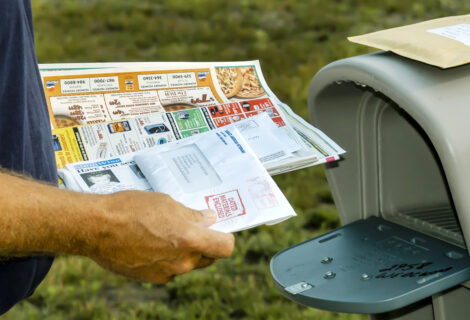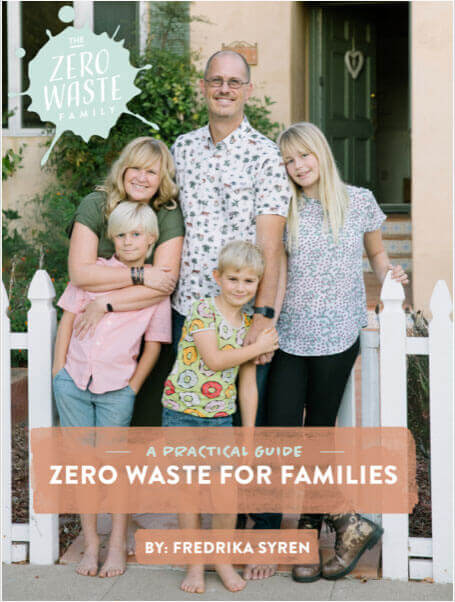
The one subject I get asked about the most is cloth diapers, so here is my take on the subject.
I’ve always been a person who is conscious of how much waste I produce in my day-to-day life, so when I first became a mom, I was horrified at how much waste I 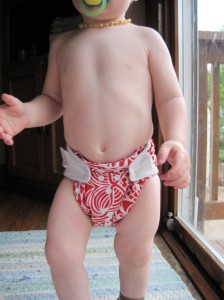 produced with just diapers and wipes. My husband and I had considered cloth diapers initially but everyone told us how much work they were and that, unless you had a diaper service to pick up dirty diapers and wash them for you, it was not doable for a brand new parent. When our second child was born, I was determined to make cloth diapers work. And I’m so glad I did.
produced with just diapers and wipes. My husband and I had considered cloth diapers initially but everyone told us how much work they were and that, unless you had a diaper service to pick up dirty diapers and wash them for you, it was not doable for a brand new parent. When our second child was born, I was determined to make cloth diapers work. And I’m so glad I did.
These days there are so many easy options for cloth diapers that make it a simple and efficient process, even without a delivery truck each week.
At first it can be intimidating to hear all different views of the benefits of cloth diapers versus disposable diapers. But let’s face it, cloth diapers are reusable and therefore clearly better for the environment. With cloth diapers, you won’t accumulate tons of trash as you would with disposable diapers. Just imagine how many diapers a baby goes through in one month, then think about the estimated 250-500 years it takes for these diapers to break down. Single-use diapers are the third largest waste item in landfills, with over 92% of them ending up in these dumping grounds.
It’s also a fact that cloth diapers are better for your baby because they are free of the many chemicals that can cause rashes and other issues such as toxic shock syndrome.
Perhaps most importantly, cloth diapers are significantly more cost-efficient than disposables. While most families who use disposable diapers spend at least $2500 dollars per child per year, cloth diapers cost much less.
As I said, with our second and third children we took the leap to cloth diapers, settling on bumGenius after a few trials and errors. They are super cute, come in a bunch of different colors, and are easy to use with an insert and liner. They also have buttons to adjust the size for a snug but comfortable fit for babies 7-35 lbs. There’s no need to presoak; I just wash them with soap nuts and about 5 drops of tea tree oil to disinfect and prevent mold build up. Then I hang dry them in the sun to naturally bleach out any stains. The diapers keep my sons dry during long periods of sleep and even when they have very loose stool. I also notice that they never have had diaper rash since transferring to cloth diapers.
One of my sons is a “big” pooper so the diapers get quite messy sometimes, but so far there have been no stains on the covers or the inserts. To make cleanup easy, I do use a biodegradable and flushable diaper liner that catches just about everything. I figured out that I needed only 14 covers in order to avoid laundering them every day, keeping the dirty ones inside a lidded plastic box in my bathroom to avoid making the house smell bad. I make sure to keep a closable plastic bag with us at all times when we’re out and about.
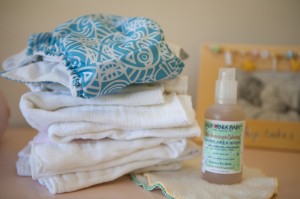 After we jumped to cloth diapers, moving to cloth wipes seemed a natural way to go. We use Satsuma organic cloth wipes and California baby bum wash. The wipes are super soft, and the wash is great on any red bums. My boys both love when I spray them with it. The major difference I notice with using cloth diapers and wipes is the reduction in our weekly trash. With my daughter, by Friday pickup time our trash can used to be loaded with diapers. Now, we usually have only two or three small bags of trash in the bottom of our can.
After we jumped to cloth diapers, moving to cloth wipes seemed a natural way to go. We use Satsuma organic cloth wipes and California baby bum wash. The wipes are super soft, and the wash is great on any red bums. My boys both love when I spray them with it. The major difference I notice with using cloth diapers and wipes is the reduction in our weekly trash. With my daughter, by Friday pickup time our trash can used to be loaded with diapers. Now, we usually have only two or three small bags of trash in the bottom of our can.
Raising children is increasingly expensive, especially in today’s economy. Reducing or eliminating the ongoing expense of disposables, along with literally cleaning up the environment, is a huge motivator for trying cloth diapers and wipes. Now that cloth diapers are becoming more convenient, cost-efficient, and as earth-friendly as ever, you’ll be hard-pressed for a reason not to make that choice. I certainly don’t regret it, and I don’t think you will, either.
Did You Know?
An estimated 27.4 billion disposable diapers are used in the United States each year, contributing about 3.4 million tons of non-biodegradable garbage in landfills. Check out this link for more information.
Check out this link for more information.
Americans spend approximately 7 billion dollars annually on disposable diapers. If every family switched to home laundered cloth diapers, 6 billion dollars could be saved annually. That’s enough money to feed 2.5 million children a year. (There were 2.3 million children under the age of six living in poverty in 2003.) Find more information here.
Disposable diapers contain traces of carcinogenic chemicals, including dioxin (the toxic by-product of paper bleaching); tributyltin (a pollutant known to cause hormonal problems); sodium polyacrylate (a gel-like absorbent banned for use in tampons); volatile organic compounds (such as ethylbenzene, toluene, xylene, and dipentene); and other chemicals in the form of dyes, fragrances and adhesives. Click here for more information about these chemicals.
You can buy cloth diapers here:
http://www.kellyscloset.com/Organic-Cloth-Diapers_ep_106-1.html
http://www.greenmountaindiapers.com/cloth-diapers.html
To learn more about cloth diapers go here:
What’s All The Fuss About Reusable Nappies?
